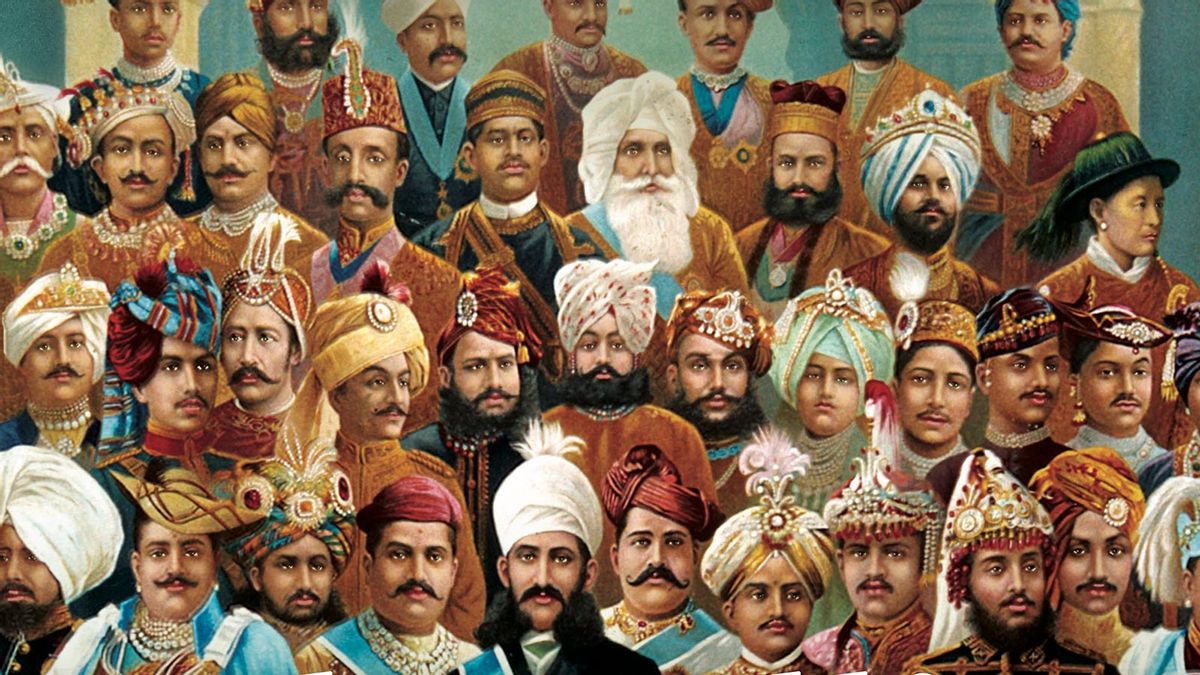Indian history continues to be the playground for both petty politics and divisiveness, and yet it reminds us of how far we’ve come as a nation-state. In such a scenario, popular misconceptions and stereotypes abound. The most prominent one that has continued to the present is the state of Indian royalty. When Indira Gandhi abolished the privy purse in 1971, thus ceasing all governmental grants to former royals, it heralded a permanent and even irreversible shift in the way a newly-democratic nation saw its former kings and queens.
Were the Indian maharajahs nothing more than the product of their baser instincts, submitting before the British, given to alcohol and drugs, weak in their defences and spirit?
Author-historian Manu Pillai quotes Indira Gandhi’s famous 1967 indictment of the royals in the epilogue: “Go ask the Maharajas how many wells they dug for the people in their States when they ruled them, how many roads they constructed, what they did to fight the slavery of the British. If you look at the account of their achievements before Independence, it is a big zero (sic).”
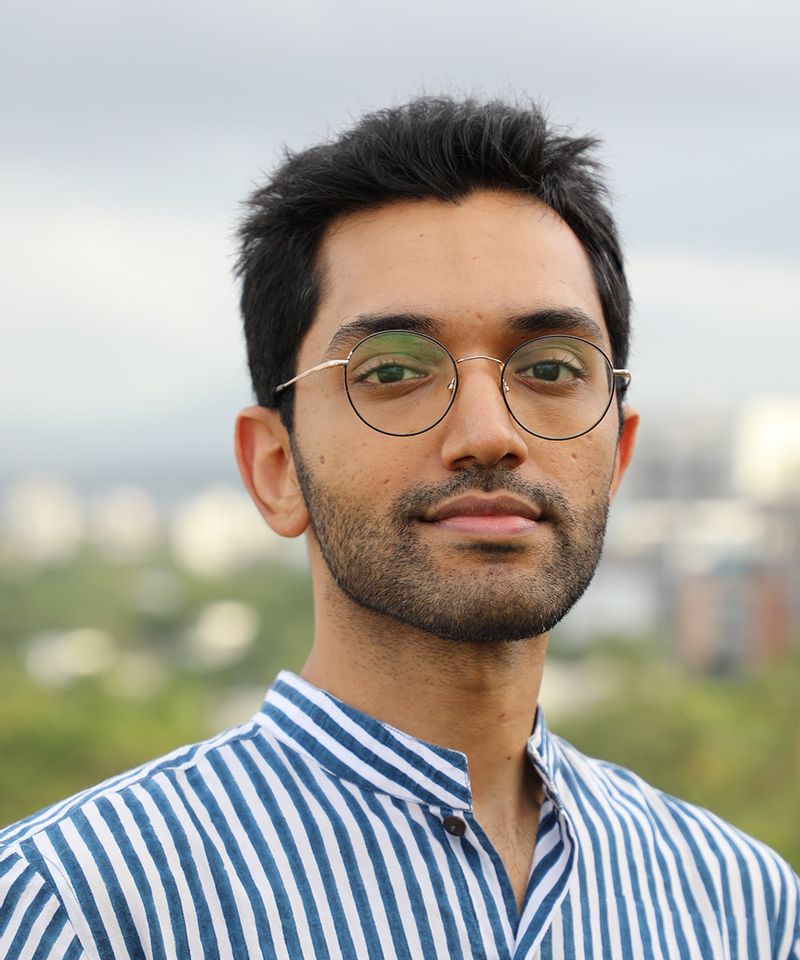
In the 400 pages of his new book False Allies: India’s Maharajahs in the age of Ravi Varma published by Juggernaut, every line referenced and backed up with copious research, the 2017 Sahitya Akademi Yuva Puraskar awardee sets out to answer precisely this question that Gandhi rhetorically posed five years before abolishing the privy purse.
Here are the edited excerpts from an interview with Zee Zest where the author shares some insights about the book and more.
1. Were you always planning to write a book debunking the Maharajas? Was it perhaps a long time in the coming?
Manu S Pillai: I did plan to write a book on the princely states, because my very first, The Ivory Throne, was set in one. Work on that project taught me that there was a great deal more to the maharajahs than their palaces and elephants and that the stereotype masked a whole chapter of Indian history. The clichés we associate with the princely states were either of an imperialist design—meant to make the ‘natives’ feel as if they had no worthy rulers and would need colonial guidance to govern. While the book does not glorify royalty, it does urge that we investigate the princely states more seriously, as important political spaces that are relevant to understanding modern Indian history.

2. At what point in your research did you realise this could be a larger project covering a range of maharajas across the country?
Manu S Pillai: I did want to cover different types of states in different areas. No one state was like the other: problems faced by the Maratha rulers of Gujarati subjects in Baroda were very different from issues that the ‘robber caste’ kings of Pudukkottai dealt with; and Travancore, with an efficient bureaucracy, was different from the more fragmented structures of power in Rajputana. I couldn’t pick too large a sample—the book covers five states, of which three are in the south, one in the west, and one in North India—but wanted just about enough to demonstrate the sheer diversity among the maharajahs. They were not a standard class that behaved in any standard way. Gladly Ravi Varma came in handy: not only was he related to royalty, his portrait enterprise in the princely states meant that by tracking his career, I could tell multiple stories, while also keeping a common thread throughout the book.
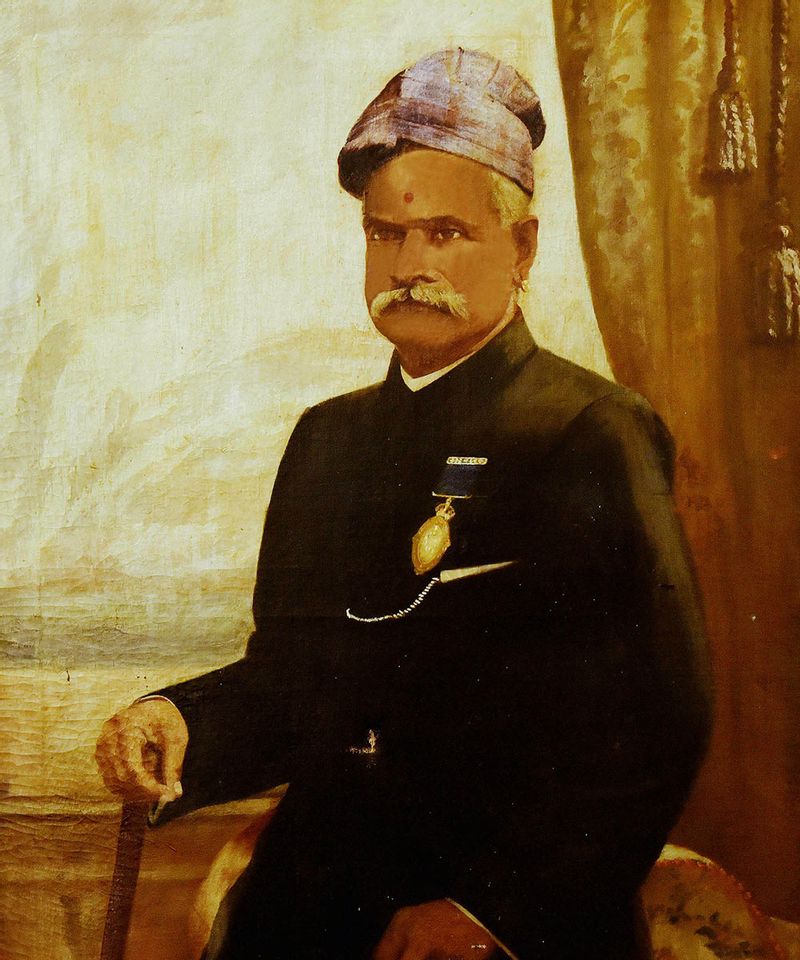
3. Who were the other maharajas whose stories, equally fascinating, don’t find a place in the book?
Manu S Pillai: Oh, there were quite a few. Shahu of Kolhapur was a remarkable man, but his career also demonstrates the interesting dynamics of the princely relationship with the nascent Congress party. He was a great reformer, built an educational infrastructure, and is well known for implementing reservations in his bureaucracy. For the most part, in the late nineteenth and early twentieth centuries, the Congress was on friendly terms with major maharajahs, whose administrative successes generate pride for many Indians across the board. By that yardstick, Shahu ought to have been a hero. But he was against the domination of Brahmins in public life—they had a monopoly on English education in India, and thus on jobs and much else—and took a staunch anti-Brahmin stance. The Congress in Maharashtra, in turn, had a large number of Brahmins associated with it, which led to a massive segment—to which Shahu also belonged—feeling they did not represent their interests. It is fascinating to me that what we would frame as ‘progressive’ Congress versus ‘feudal’ maharajah, in this case, has an undertone where the maharajah is progressive, and his somewhat less than warm feelings for the Congress drew from local caste politics!
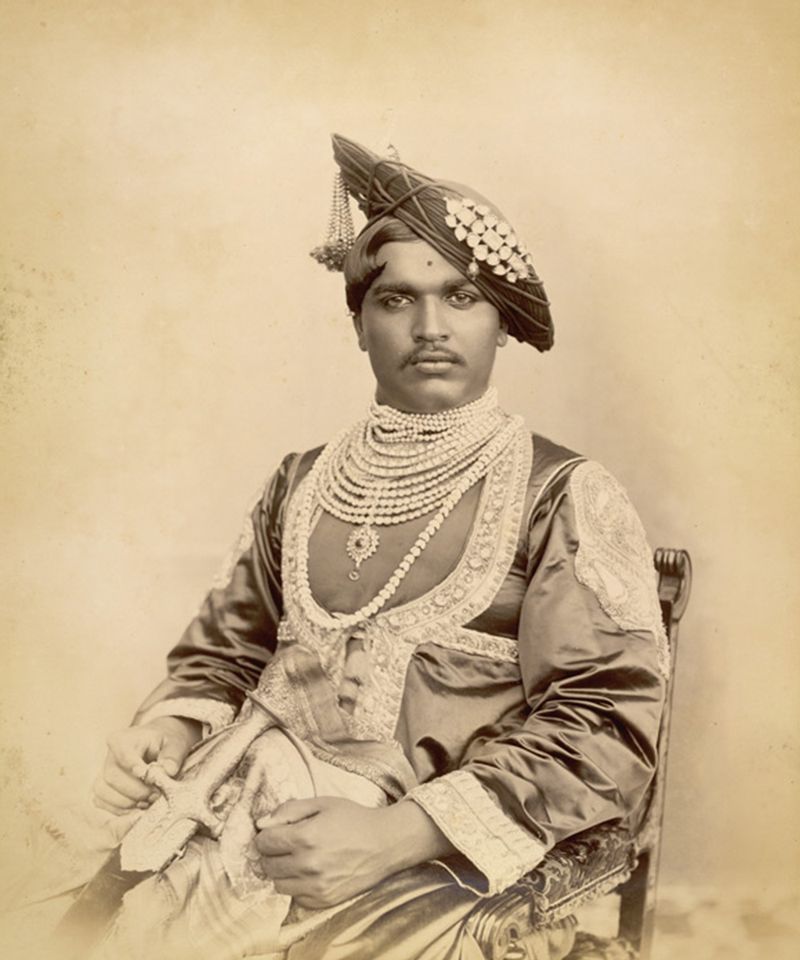
4. As we see with the case of Malhar Rao’s trial, would the Maharajas deftly link the violation of their dignity with that of their subjects? Were they always successful?
Manu S Pillai: The people had an emotional connection with their ‘native’ rulers, and by parading those rulers and demonstrating their fealty to the Raj, the British hoped to construct a kind of refracted eminence for themselves among Indians. Indian respect for traditional rulers was also why during the 1857 rebellion, the troops did not elect a leader or vest one of their own with authority: they needed the Mughal emperor because he was the one figure around whom most stakeholders could unite. He had no power, but he had legitimacy. The maharajahs knew this and could even use it in their strategies to resist the Raj. Ultimately, they were brown men ruling over brown people, not aliens in a foreign country—this gave them an edge.
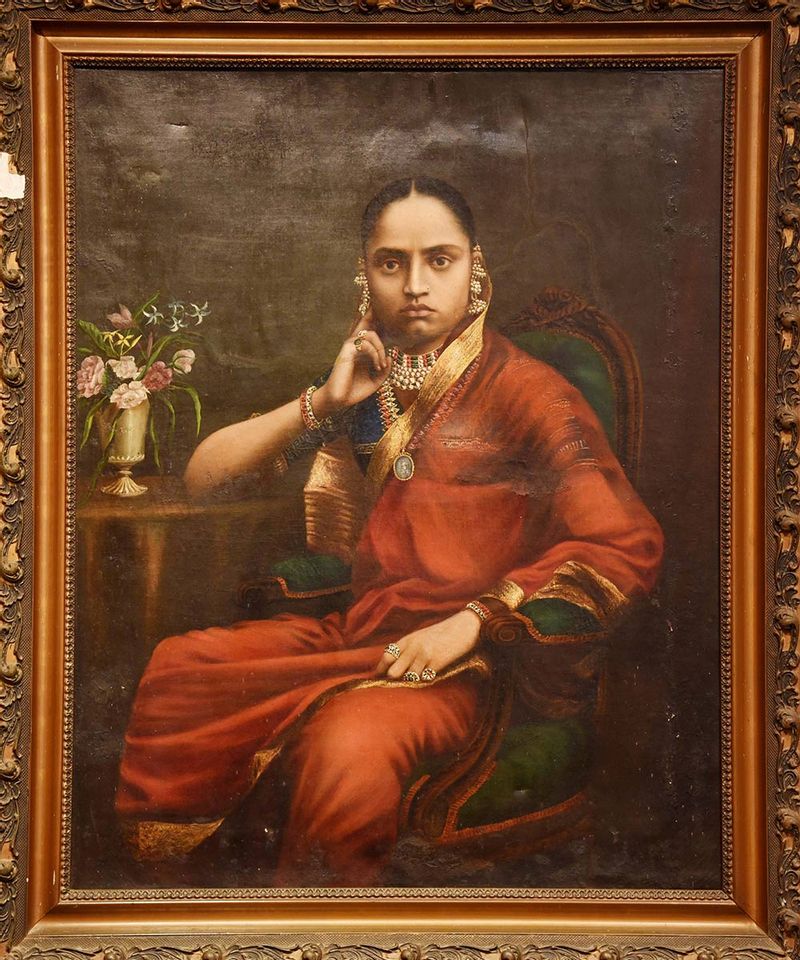
5. How would the lavishness of the Maharajahs contrast with the gradual poverty of ordinary Indians during the British period?
Manu S Pillai: Princely pomp was a continuation of political traditions. Just as royal weddings in the UK to this day—or even presidential inaugurations in the US—cost a great deal, these were not demonstrations of excess for their own sake but had political meanings. And for every ruler who gambled and spent lavishly, you could find others who lived simply. Mysore’s prince was a simple man with moderate habits; his palace was a visual marker of princely power, not evidence of expensive tastes. In Travancore, there was a maharajah who had I think some six lakhs a year as his palace budget; but most of this was for pensions, staff, religious charities, etc. His allowance, if my memory serves me well, was Rs 5000 a month, which was Rs 3000 more than his chief minister.


